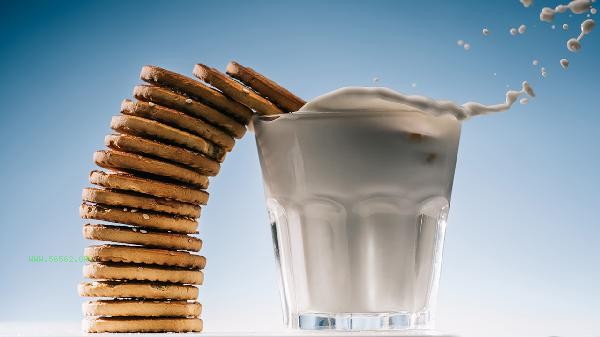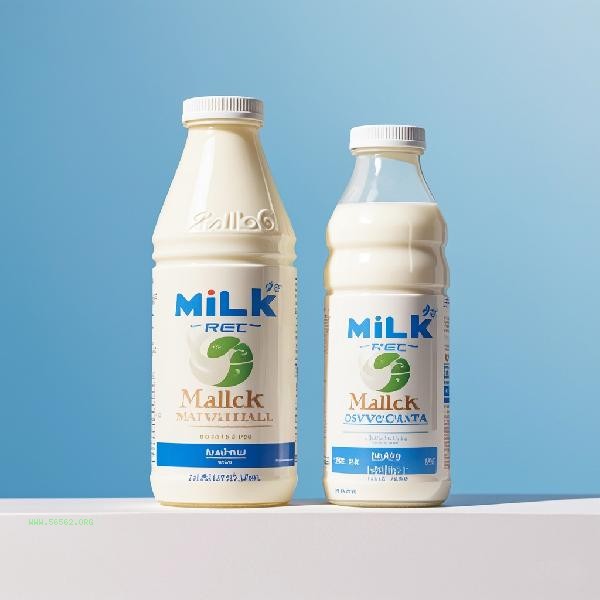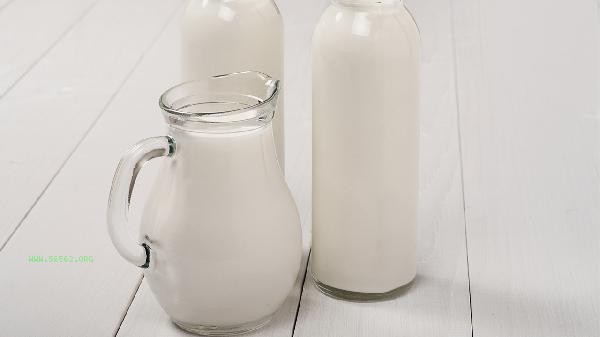The correct way to pour milk is to tilt the container and pour slowly, avoiding violent shaking or high drop pouring. The main methods include keeping the container clean, controlling the pouring angle, avoiding bubble formation, allowing it to stand after refrigeration, and selecting a suitable container.

1. Keep the container clean
Before pouring, ensure that there are no residual stains inside and outside the container, especially at the bottle mouth and lid threads, which are prone to bacterial growth. Clean and air dry promptly after use to avoid microbial contamination. Glass or ceramic containers are more suitable for long-term storage, while plastic containers should be replaced regularly.
2. Control the dumping angle
and tilt the milk box or bottle about 45 degrees to pour slowly, which can reduce liquid splashing and foam formation. Full fat milk has a higher fat content, so it is recommended to tilt it at a slightly larger angle than skim milk. When using packaging with a guide port, it should be aligned with the center position of the receiving container.
3. Avoid bubble formation
Severe shaking or rapid pouring can cause excessive mixing of milk fat with air, affecting taste and nutrient stability. If a large amount of foam is produced in the unsealed milk, it can be left standing for a while until the bubbles dissipate before drinking. Pasteurized milk is more prone to producing bubbles than room temperature milk.

4. Let it stand after refrigeration
refrigerated milk taken out of the refrigerator should be left to stand for a few minutes until the temperature slightly rises before pouring. Too low a temperature can cause temporary coagulation of proteins, and direct dumping may result in delamination. In winter, the resting time can be appropriately extended to 10 minutes.
5. Choose a suitable container
Wide mouthed cups are easier to hold milk than narrow mouthed cups, and it is recommended to use vessels with a cup mouth diameter exceeding 8 centimeters. Metal containers may affect the flavor of milk, so glass or food grade plastic cups should be preferred. When heating milk, heat-resistant containers should be used.

When drinking milk in daily life, it is recommended to control the amount poured at a time within 200 milliliters, and try to drink it within 3 days after opening. Lactose intolerant individuals can choose low lactose milk, and slight shaking before consumption can help distribute lactase evenly. When paired with grains, the grains should be poured in first and then milk should be added to maintain a crispy texture. Pay attention to whether the milk shows signs of clumping, odor, or spoilage. If the milk has spoiled, it should be immediately stopped from consumption.








Comments (0)
Leave a Comment
No comments yet
Be the first to share your thoughts!